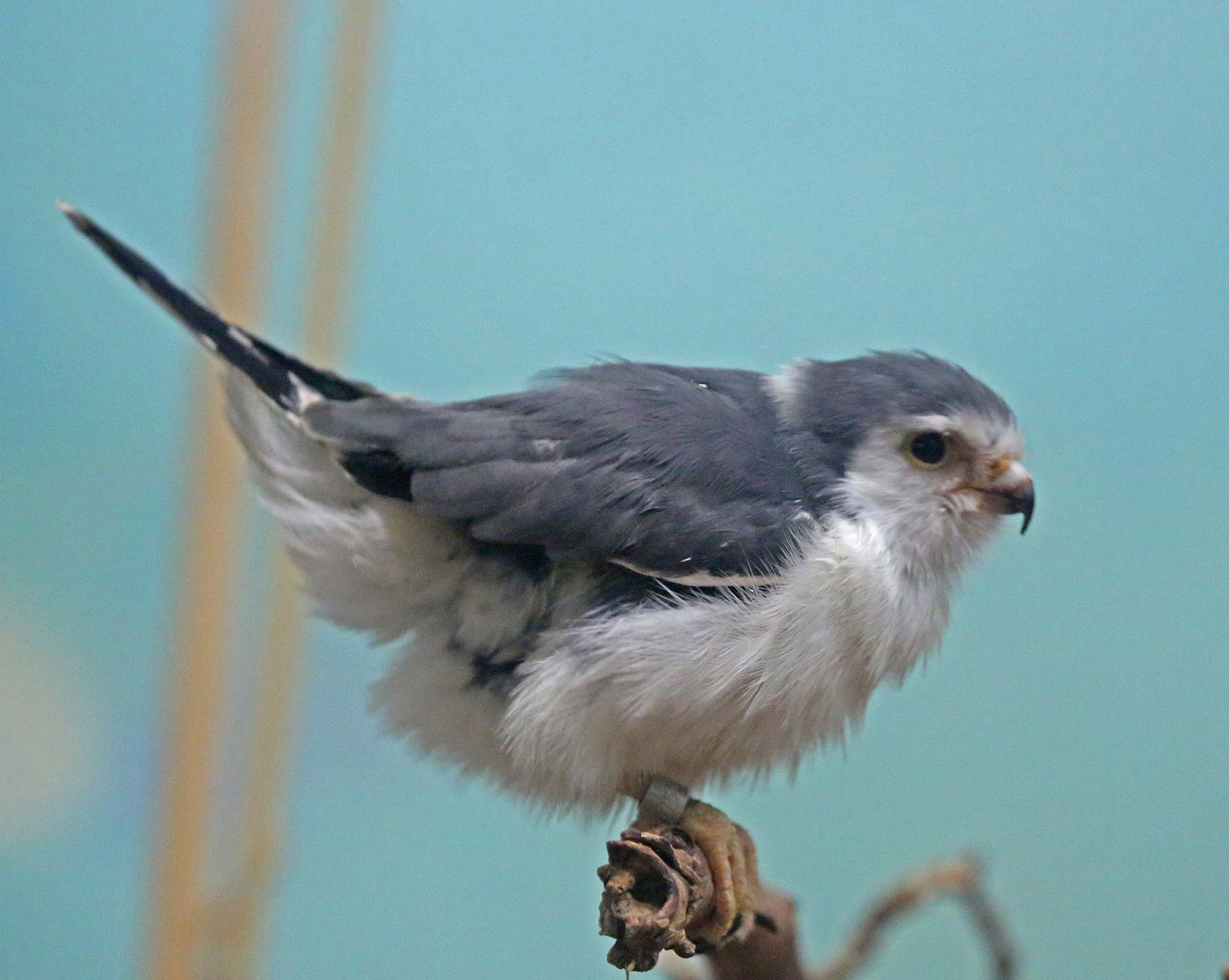

Cooperative breeding groups were more likely to occur following years of higher reproductive output. Helper presence had a positive effect on the body condition of the chicks as brood size increased, likely due to their contribution to feeding the chicks. Using data from six breeding seasons, we found helpers at 19% of nests. Here, we present a detailed study of the reproductive output and social organisation of the African pygmy falcon. Many diurnal raptors exhibit cooperative breeding, although occurrence rates are mostly based on anecdotal observations at nests. This breeding strategy is strongly linked to phylogeny therefore, studies on species within groups where cooperative breeding is more prevalent could improve our understanding.


Universal predictions on the occurrence of cooperative breeding are still elusive. We ultimately discuss the implications of our findings forĮfforts aimed at understanding how continued climate warming will affect the ecology of Lake Tanganyika fishes and other Negative effects associated with individual health (body condition). Support this hypothesis, suggesting the potential for water warming to mediate behavioural phenotypic expression through In fish and other animals, we hypothesized that water warming would heighten average individual aggression. Given linkages that have been established between temperature and individual behaviour Herein, we conducted a laboratory experiment to assess howĪnticipated future warming would affect the mirror-elicited aggressive behaviour of Julidochromis ornatus, a common endemicĬichlid fish in Lake Tanganyika. Lake Tanganyika (eastern Africa) is one ecosystem experiencing rapid warming, yet our understanding of how its diverseĪssemblage of endemic species will respond is incomplete. Severe in the tropics, where organisms have evolved in more physically stable conditions relative to temperate ecosystems. The many ways in which it can directly and indirectly affect individual phenotypes. Our understanding of how projected climatic warming will influence the world’s biota remains largely speculative, owing to Finally, birds tended to use the same visual signals in aggressive encounters with heterospecifics that they use in aggressive encounters with conspecifics, suggesting that selection from aggressive interactions may act on the same signaling traits regardless of competitor identity. , black, white, and carotenoid-based colors). Most species highlighted bright carotenoid-based colors in their signals, but highlighted colors varied across species and often involved multiple colors in combination ( e.g. Exceptions included Accipitridae and Falconidae, which often highlighted their talons in the air, Columbidae, which often highlighted their underwings from the side, and Trochilidae, which often hovered upright in the air and pointed their fanned tail downward. Aggressive postures were often similar across species and taxonomic families. Many birds also opened their wings and/or tails, increasing their apparent size in displays, consistent with the importance of body size in determining behavioral dominance among species. Most species oriented their bodies and heads forward with their bills pointing towards their heterospecific opponent, often highlighting their face, throat, mouth, and bill. Despite the diversity of birds examined, most aggressively signaling birds displayed weapons (bills, talons, wings) used in fighting and placed these weapons closest to their heterospecific opponent when signaling. Here, we review photographic and video evidence of aggressive interactions among species of birds ( N = 337 interactions documenting the aggressive signals of 164 different bird species from 120 genera, 50 families, and 24 orders) to document how individuals signal in aggressive encounters among species, and explore whether these visual signals are similar to those used in aggressive encounters with conspecifics. Signals involving sounds and color can allow birds to avoid the costs of intraspecific aggressive encounters, but we know less about agonistic signaling between species, where fights can be frequent and just as costly. Aggressive interactions help individuals to gain access to and defend resources, but they can be costly, leading to increased predation risk, injury, or death.


 0 kommentar(er)
0 kommentar(er)
